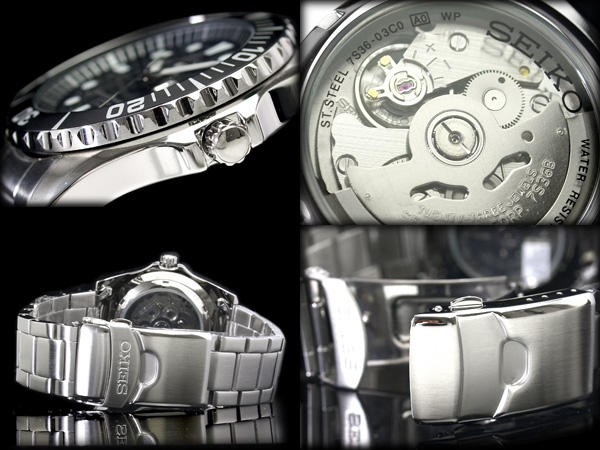In 1963, barely 20 years after the surrender of the Japanese in World War II, the K. Hattori & Co., Ltd. released an iconic watch that was way ahead of its time.
The watch was the Seiko Sportsmatic 5 and it had a movement with an unbreakable mainspring. It was also shock resistant. Until then, this was unheard of outside of Swiss watches. Furthermore, the watch had a water resistant case and a day-date complication. More importantly, it had a reliable and accurate self-winding movement that withstood everyday use.
While these features may seem like normal today, it wasn’t mainstream back then. Before Quartz and digital watches came along, it was normal for mechanical watches to be serviced regularly and a trip to the jewelers for cleaning and maintenance was not uncommon. And some would argue that this hasn’t changed today as a branded mechanical swiss watch still require a service every couple of years that would set one back around RM 2k+ per visit.
The Sportsmatic 5 was revolutionary because it was so reliable and was designed to be wound once, worn everyday and worry-free for a very, very long time. This was an important advantage because it meant that the running cost of the watch was much lower as it doesn’t require servicing all that often (or at all). This remarkable piece of engineering had withstood the test of time and Seiko had continued this tradition by releasing new Seiko 5’s every year with a mix of different and varied movements.

I recently got myself a Seiko 5 Sea Urchin (SNZF17K1) which got its inspiration from the previous generation Rolex Submariner. There are 2 identical variants that were produced, the “K” variant which was made in Malaysia and the “J” variant which was made in Japan. As far as I can gather through on-line forums, there is no difference in the quality between the Malaysian and Japanese made models.
As an owner of other pricier Swiss made mechanical watches, I was pleasantly surprised and delighted by this inexpensive watch. Usually, I’ll compare it with similarly priced watches but the build quality is as high as any other Swiss made mechanical watches today. Despite using cheaper materials (non-sapphire glass, wrapped iron bracelet, printed stainless steel bezel), the watch is really well constructed and surprisingly has a real heft and feels solid.

It also has a secured double clasp bracelet that gives it a nice snug feeling on your wrist. The bracelet really reminds me of the Rolex’s Oyster bracelet and it looks well designed enough to be used on a daily basis.
Most importantly, it does not feel cheap. At the price that I got from an on-line retailer (you have to search for it somewhat as it has stopped production), I feel almost guilty as I would have gladly paid more for it.
I’ve been wearing it on my wrist now for the past month and it is highly accurate. No Swiss made chronographs that I own come close to this little ticker in keeping accurate right time (as measured by my automatically syncing iPhone).
This fine tradition of horology by Seiko has also seen the company moving into the luxury space. For mass luxury, they have the series of Grand Seiko which is priced similarly with Rolexes.
They also cater to the ultimate luxury market. Mitt Romney was seen wearing a Seiko Credor Juri GBBX998 during his last presidential run. The price of that beauty- an equally presidential USD 554,000.
